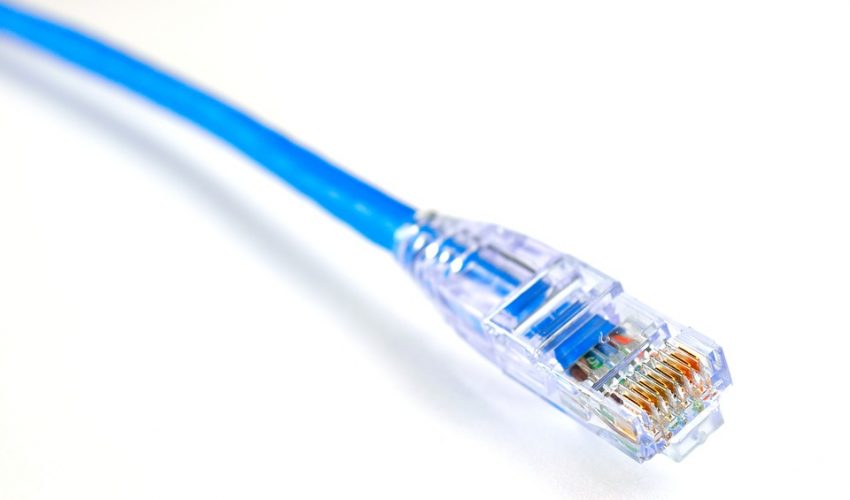The usage of Internet Data has grown exponentially in the last decade or so. The Network Cabling standards are trying their best to innovate and keep up the pace. Copper Cabling has also seen a great level of evolution and enhancement. With the introduction of Structured cabling in year 1991, the EIA together with the Telecommunications Industry Association (TIA) eventually published the first telecommunications cabling standard called EIA/TIA 568. That’s when Cat 3 or Category 3 Copper cable was born. This was closely followed one month later by a Technical Systems Bulletin (TSB-36) which specified higher grades of UTP cable, Category 4 and 5 (Cat 4 & Cat 5). Today we have a choice of high performance network cables that includes Category 5, 6, 7 and 8 depending upon the application it is being used for.
Cat5e Data Cable
This is the enhanced version of Cat 5 Cable and provides performance of up to 100 MHz and is suitable for most varieties of Ethernet over twisted pair up to 1000BASE-T (Gigabit Ethernet). For the horizontal, that is the Fibre-to-the-Desk cabling, if the user is happy to stay with the LANs of today, Class D/Category 5 will be adequate. This will supply up to 1000 Mb/s of data to the desk or up to 100MHz of analogue video signal.
Cat6 or Category 6 cable: Cat6 Network Cable is the standard today for new installations.
Check out our article on types of data cables
Cat6 or Category 6 cable
Commonly referred to as Cat 6, is a cable standard for Gigabit Ethernet and other network protocols that is backward compatible with the Category 5/5e and Category 3 cable standards. Cat 6 features more stringent specifications for crosstalk and system noise. The cable standard provides the performance of up to 250 MHz and is suitable for 10BASE-T / 100BASE-TX and 1000BASE-T / 1000BASE-TX (Gigabit Ethernet). The cable contains four twisted copper wire pairs.
- Gigabit Ethernet up to 100 meters
- 10 Gigabit Ethernet up to 55 meters
- Bandwidth: 250 MHz
Cat7 Cable
The Category 7 cable standard was ratified in 2002 to allow 10 Gigabit Ethernet over 100 m of copper cabling. The cable contains four twisted copper wire pairs, just like the earlier standards. Cat7 has not been approved as a cable standard for telecommunications.



